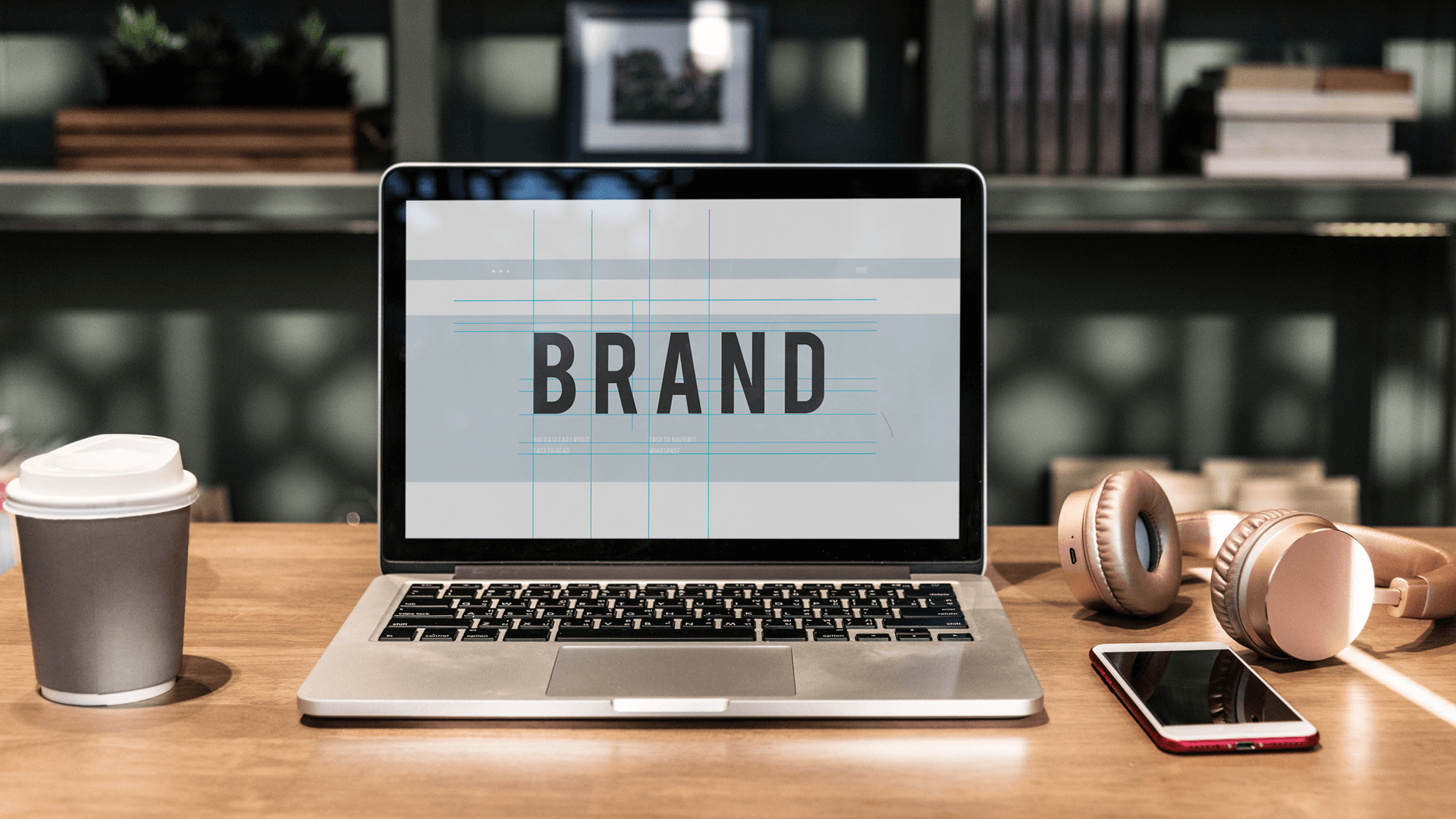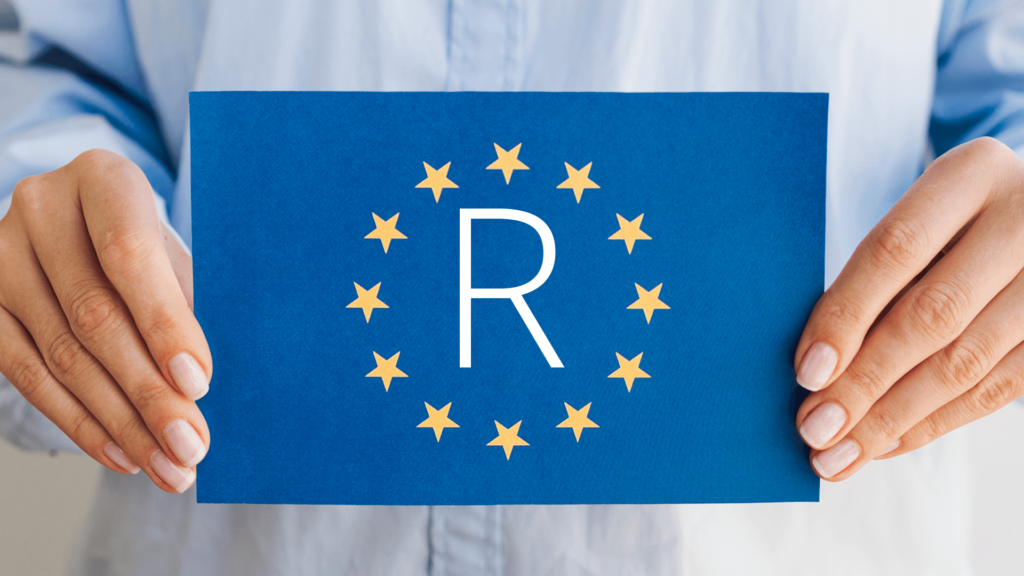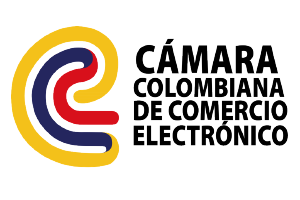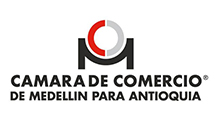In this opportunity we will discuss frequently asked questions about the Madrid Protocol, a very effective way to register your trademark internationally.
The Madrid Protocol is an agreement that simplifies the trademark registration process in other countries.
It represents a great advantage for entrepreneurs because:
- There is only a single procedure.
- It is conducted in only one language (Spanish).
- There are moderating rates established in the same currency.
- It does not require local representatives in the countries you are interested in registering.
If you have any questions, in this blog we will answer frequently asked questions about the Madrid Protocol.
Which countries are covered by the Madrid Protocol?
One of the most frequently asked questions about the Madrid Protocol by business people is in which countries they are covered.
Currently, the Madrid Union has 104 members and covers 124 countries, therefore, you have a lot of options where you can register your trademark according to your needs.
The official website of the World Intellectual Property Organization (WIPO) is constantly updated with information on the countries that are party to the Madrid Protocol.
If you are interested in learning more about these countries, you can click here.
What form must be completed to apply for a trademark registration under the Madrid Protocol?
The MM2 Form must be completed in Spanish and must be completely typed.
The form can be found on the official WIPO website.
What are the requirements for filing a trademark application under the Madrid Protocol?
The person interested in registering its trademark internationally, must have a trademark application or a trademark already registered in its country of origin, this is known as “base registration”.
The trademark and the holder of the international application must be the same as those appearing in the basic registration filed with the entity in charge of trademark registration in your country (in the case of Colombia it is the SIC).
A list of goods or services that is identical to the list submitted in the basic registration must be included.
Finally, a fee must be paid to the entity in charge of trademark registration in your country, independent of the fee charged by WIPO.
Are additional documents required to submit the application?
Some of the frequently asked questions about the Madrid Protocol refer to the additional documentation that may be required.
This documentation may vary depending on the country to which you want to enter the market through this international registration.
It is very important that you first check and choose which countries you want to file the application to, once you do this, you should check with the entity in charge of the trademark registration in your country if any extra documentation is required.


How much does it cost to register a trademark through the Madrid Protocol?
As mentioned above, the entity in charge of trademark registration in your country, which intervenes in this process, has stipulated national fees that are independent from the fees charged by WIPO.
For its part, the official WIPO website stipulates the fees to be charged, in Swiss francs, for access to the Madrid Protocol.
In this same page you can find the forms to make the respective payment.
If WIPO accepts my application, is my trademark already registered?
No. Although the Madrid Protocol facilitates the trademark registration process in other countries, it is they who ultimately reserve the right to grant or deny trademark protection in their territory.
WIPO is only in charge of reviewing the documentation submitted and, if approved, will send such documentation to the countries in which you are interested in registering your trademark, so that they can make the respective approval or refusal.
If my application is denied in a country, what should I do?
Another frequently asked question about the Madrid Protocol is about the denial of an application in a country.
If this situation should occur, you, as the trademark owner, will have to make the appeal in the country directly, therefore, you will require additional procedures, including a legal representative to be able to make the appeal.
How long will a trademark registration under the Madrid Protocol be valid?
Your trademark protection will last for 10 years. This period can be constantly renewed, for which you will be informed 6 months prior to the expiration date, in order to make the respective renewal.



